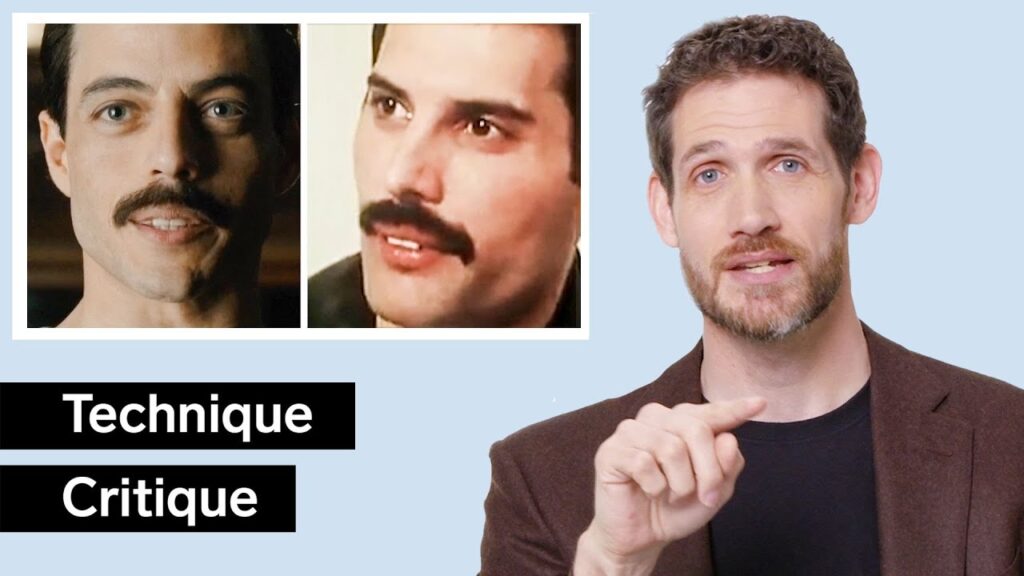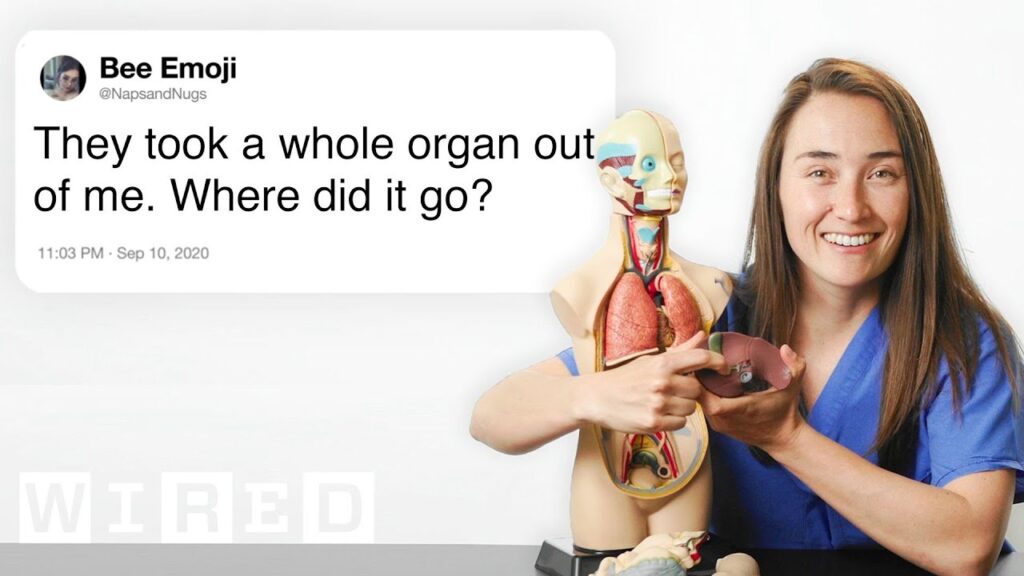Surgery: An Inside Look
Summary
In this article, we delve into the world of surgery and explore various aspects of the field. We discuss the use of anesthesia, the layers of protection around the brain, the importance of surgical checklists, and the accuracy of medical procedures depicted in movies and TV shows. We also touch upon the topic of building rapport with patients and the use of ketamine as a common tranquilizer in emergency settings.
Table of Contents
- Anesthesia: More Than Just Pain Relief
- The Brain: Protected and Precious
- The Safe Surgery Checklist: A Vital Tool
- Hollywood vs. Reality: Depictions of Surgery in Media
- Building Rapport with Patients
- Ketamine: A Common Tranquilizer in Emergencies
Anesthesia: More Than Just Pain Relief
During surgery, anesthesia is used to keep the patient comfortable and relaxed. The speaker explains that anesthesia not only blocks pain signals but also affects muscle relaxation and the patient’s level of consciousness. They note that the use of anesthesia has come a long way since the early days of surgery, where patients were often awake and in excruciating pain.
The Brain: Protected and Precious
The speaker explains the layers of protection around the brain, including the skull, the meninges, and the cerebrospinal fluid. They also mention that the brain itself does not have pain fibers, which is why brain surgery can be performed while the patient is awake. They discuss a neurosurgical procedure where the patient is awake to test speech and fine motor skills while operating on the brain.
The Safe Surgery Checklist: A Vital Tool
The speaker emphasizes the importance of following safety procedures and checklists in surgery. They explain that the World Health Organization developed a safe surgery checklist to reduce the risk of errors and complications during surgery. The speaker stresses that the checklist should be used in all surgeries, no matter how routine they may seem.
Hollywood vs. Reality: Depictions of Surgery in Media
The speaker comments on various medical scenes in movies and TV shows, pointing out inaccuracies and inconsistencies. They note that brain transplants are impossible and that Hollywood’s portrayal of craniectomies is not entirely accurate. They also criticize the use of a bypass machine in a supposedly dead body, the unrealistic dissection of organs, and the unnecessary cauterization of wounds. The speaker also questions the credibility of a janitor making a diagnosis and the unconventional patient handoff process depicted in the media.
Building Rapport with Patients
The speaker acknowledges that some patients may not trust doctors and suggests ways to build rapport with them. They emphasize the importance of listening to the patient, being honest and transparent, and treating them with empathy and respect. The speaker notes that building trust takes time and effort but is essential for a successful doctor-patient relationship.
Ketamine: A Common Tranquilizer in Emergencies
The speaker mentions the use of ketamine as a common tranquilizer in emergency settings. They explain that ketamine is fast-acting and can be administered through various routes, including intravenous, intramuscular, and nasal. The speaker notes that ketamine is also used as an anesthetic for certain surgeries, particularly in low-resource settings.
Conclusion
Surgery is a complex and challenging field that requires precision, attention to detail, and adherence to safety protocols. As patients, it is essential to trust our doctors and be informed about the procedures we undergo. As medical professionals, it is crucial to prioritize patient safety and follow established guidelines and checklists. By working together, we can ensure that surgeries are performed with the utmost care and precision.







